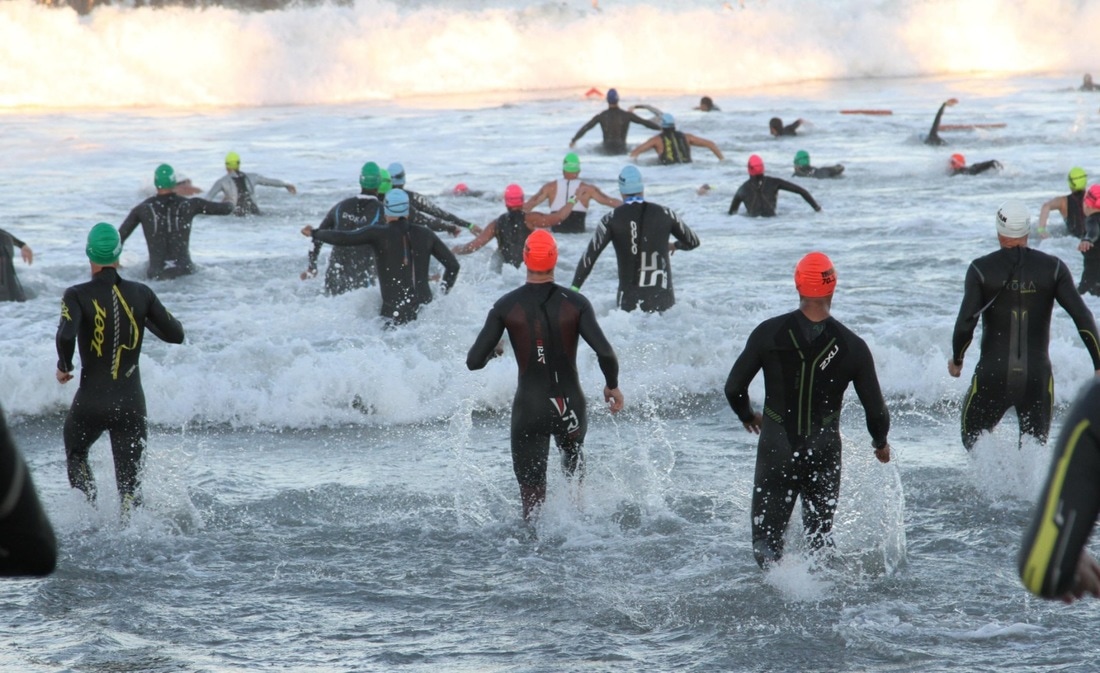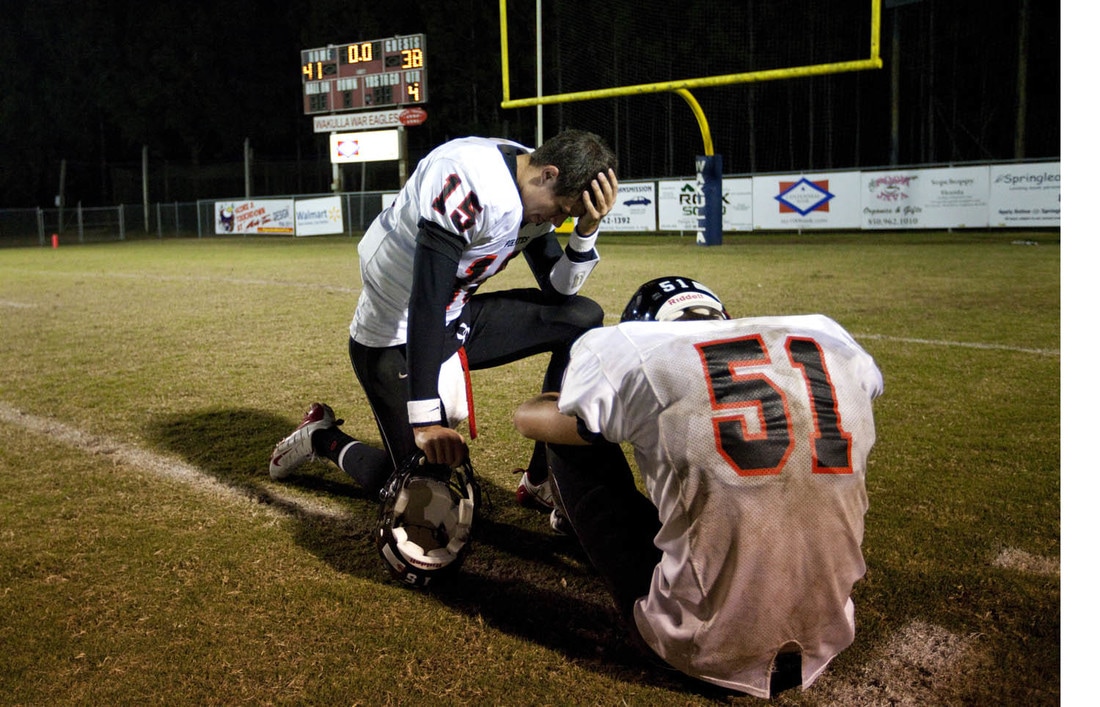Typically, when younger, athletes can train “hard” almost every day. As an age group swimmer and even during my collegiate swimming career, turning laps in the pool took on a sado-masochistic nature day in, day out. No way could I do that today, in my late-40s. As a professional triathlete, I typically had 2 block interval days during the week – Mondays and Thursdays, and sometimes pushed my shorter long workouts on the weekends. Again, no way could I do that today. Recovery came quickly, in part due to my youth, in part due to the fact that I was only focused on training and racing, and in part because I used solid recovery practices between workouts and day-to-day in the forms of post-workout nutrition, massage, chiropractic sessions, acupuncture and kicking my feet up on the couch. As a father of two and a full-time working stiff, the luxury of endless time is not something I own anymore.
The time-crunched athlete panics and feels that to make up for the lack of time spent training, he needs to push all of his workouts harder. The premise is that due to the lack of volume, workout intensity needs to rise in order to compensate. For awhile, this might work. Long-term, this is not a strategy for success but rather for failure; or, at the very least, underperformance.
Studies show that standing still to recover between intensive track intervals is every bit as effective as jogging super easy. So, why do we jog easy? Because we’re working out, man! We can’t stand still! Standing still is lazy. But, the insight the studies provide is great – we need to dial back our recovery workouts and recovery intervals, and make them feel ridiculously easy. What do I mean by this? Instead of shooting for a HR in the low-120s as is typically prescribed, shoot for a HR in the 110-115 range. Rather than thinking of a recovery session as a “workout”, instead think of it as a change to lick your wounds, relax and simply enjoy moving. This is a rather big shift in mentality, but a necessary one. If you draw a line across a sheet of paper, recovery workouts need to be a deep trough.
Next, Masters athletes should limit themselves to one intensive day per week. If you are a single sport athlete, then that’s one workout per week. If you’re a multi-sport athlete, then you could do up to 2 sports that day and make both workouts challenging; but the caution would be to spread those workouts out as much as you can. Do one in the morning and the other in the evening, if possible. Be focused and effective; make these sessions count!
The weekends are typically saved for the long workouts since the majority of us do not work. The key to the long workout is to complete it as the proper intensity – or, lack thereof. Most athletes want to test their mettle in long workouts, really put the bit on the mouth and crack the whip. After all, if we can bludgeon ourselves in the long workout, we create a heck of a lot of training stress and, thus, post-workout adaptation. Sounds good as a hypothesis, but hits a brick wall when put into practice. The purpose of the long workout is to create certain physiological adaptations that only the long workout can produce, such as metabolizing fat as a fuel source as we dip further into our muscle glycogen stores over time. But, the best way for this to occur is to hold back on the effort. Long workouts should be fatiguing due to their duration first and due to your effort second. Most athletes approach this in the opposite manner. As a rule of thumb, your effort should be L1/L2, with the majority of the workout done in the L2 range. This is clearly the “go long”, aerobic zone. In SOME long workouts, it is OK to press into L3 for some structured work mid-workout or late-workout, but this should be done sparingly within the workout as well as how often you inject this slightly higher workload.
As a Masters athlete, the rest of your workouts should be steady L2 work. So, as you draw that line across the paper, there is one trough, one spike and the rest of the line is right in the middle. The steady L2 work cannot be overdone nor can it be given too much importance. The interval work makes you faster; the L2 work allows you to be faster in the latter stages of a race and minimizes the negative impact of any match you burn during the race. If you forego the L2 work and instead complete more interval days, you will accomplish 2 things: 1) you will lower the value of the hard days because you will be carrying more fatigue into them and, thus, perform worse than you otherwise could; and 2) drag out the time it takes for you to recover from your intense days which will negatively impact your ability to perform on your L2 days as well as in your long workouts. Or, you will have to sacrifice an L2 day for another recovery day. Smart to do, but it’s a sacrifice of what is arguably the most valuable type of training day for the Masters athlete.
Some of you reading this will think I’m crazy or that I don’t challenge myself or those athletes with whom I work nearly enough. Nothing could be further from the truth, however. I’ve learned over the years, sometimes by accident, sometimes the hard way, sometimes by design, and this is what works most effectively for the Masters athletes with whom I work. Think of it this way: You’re a Porsche. You want to burn rubber off the line and hum along rather effortlessly at a fast clip. If you try to accomplish this through increased interval work, it’s like putting a lawnmower engine into that Porsche. The deliberate, consistent L2 work is what fine-tunes the engine, cleans out the valves and pistons, and allows you to flip the switch on the turbo boost when it comes time.
When you push too hard too often, or skimp on the recovery workouts (or complete days off), or do not exercise discipline during your long workouts, you are effectively reducing the peaks and valleys of that line you just drew across the piece of paper, and creating much more of a flattened line. What happens when something flat lines?
If you typically feel muscle fatigue when warming up for your key workouts, you’re training too hard and not recovering enough. Give this approach a try. I’ll bet you feel better day to day, perform better in your key workouts and will ultimately race better, too.
Happy Training,
Coach Nate



 RSS Feed
RSS Feed